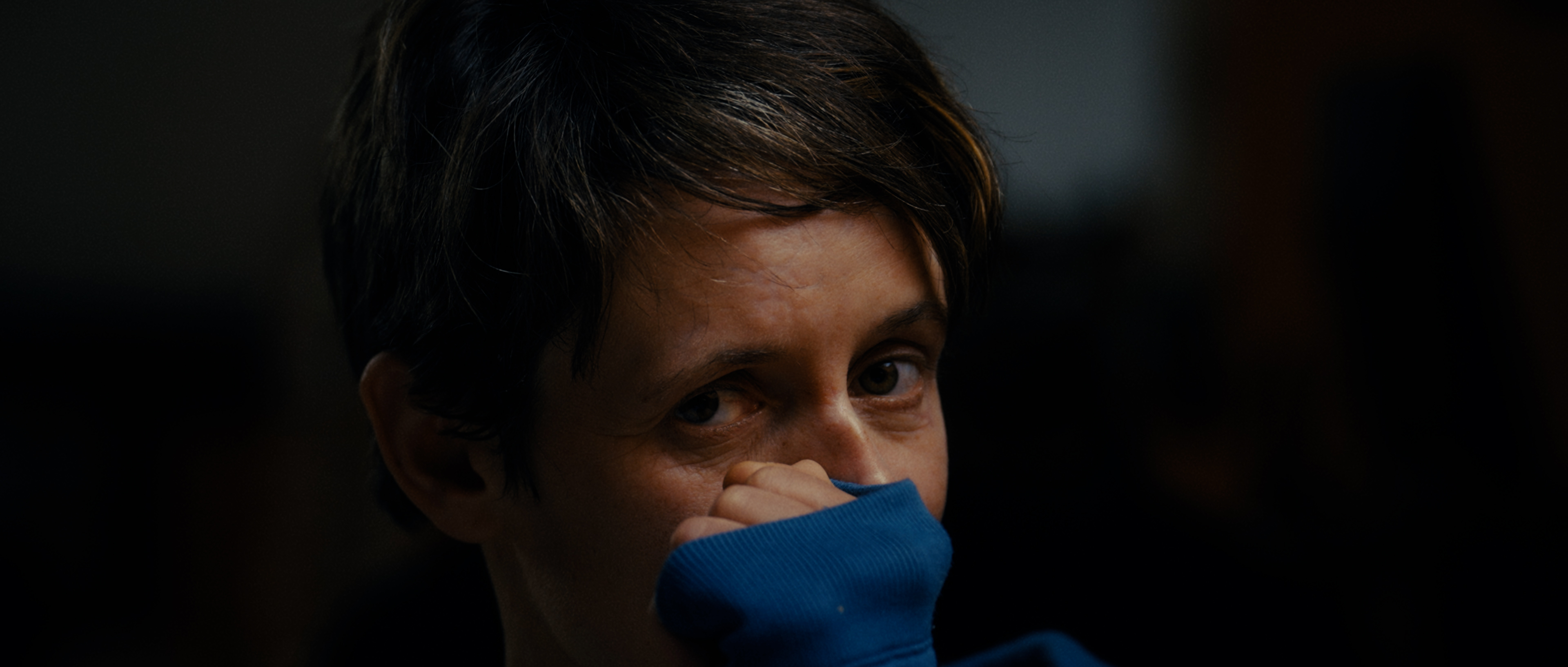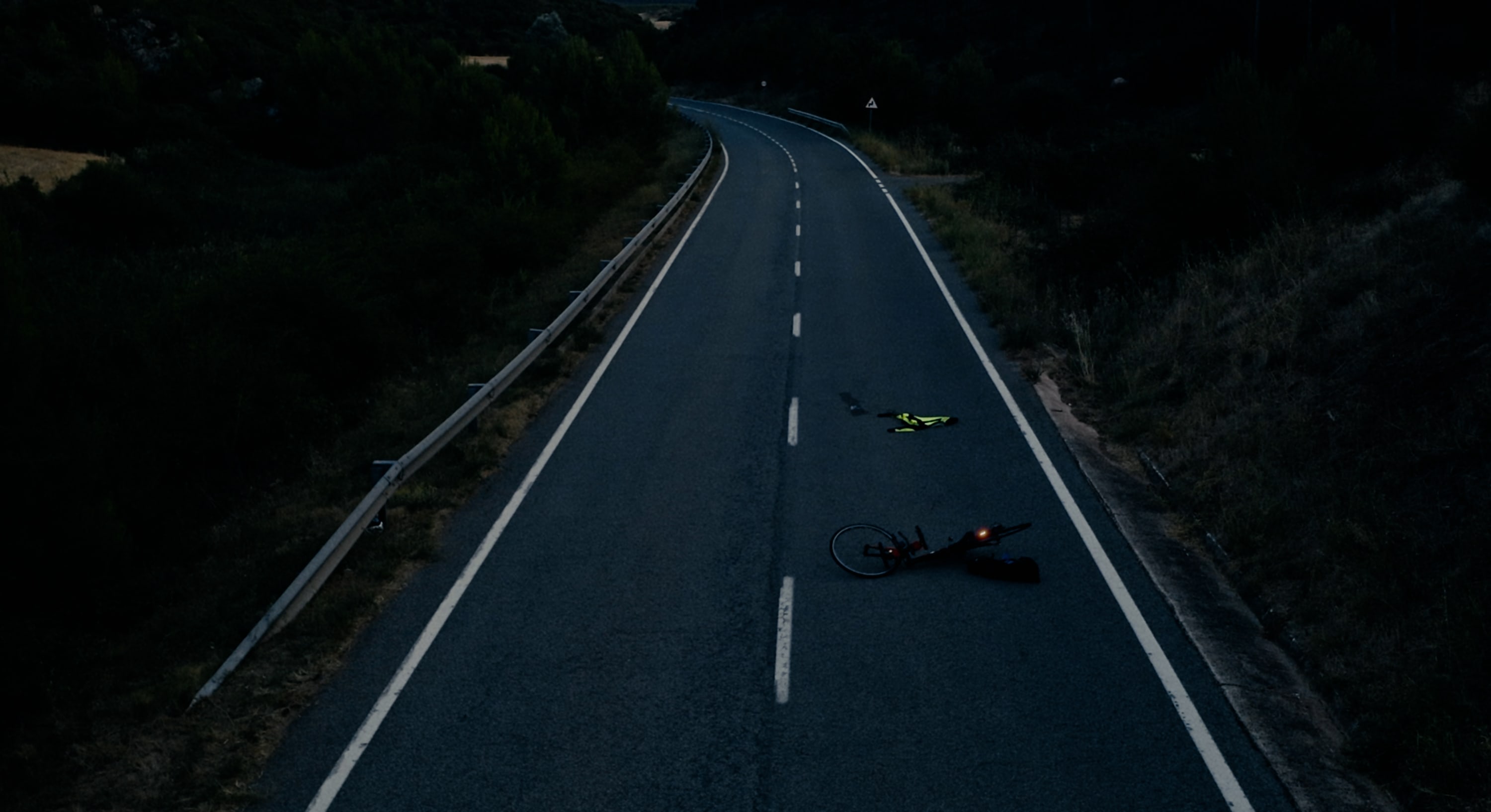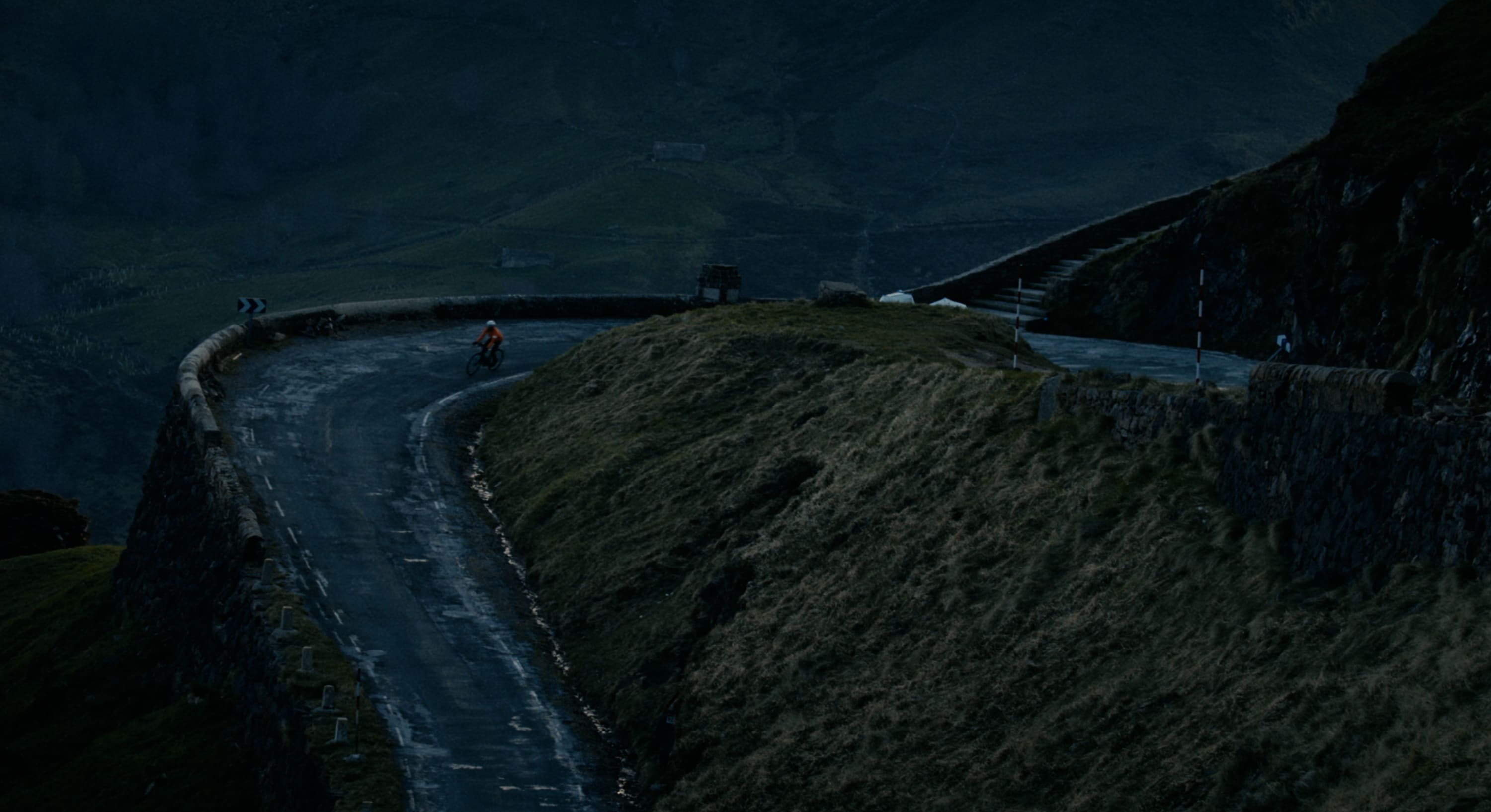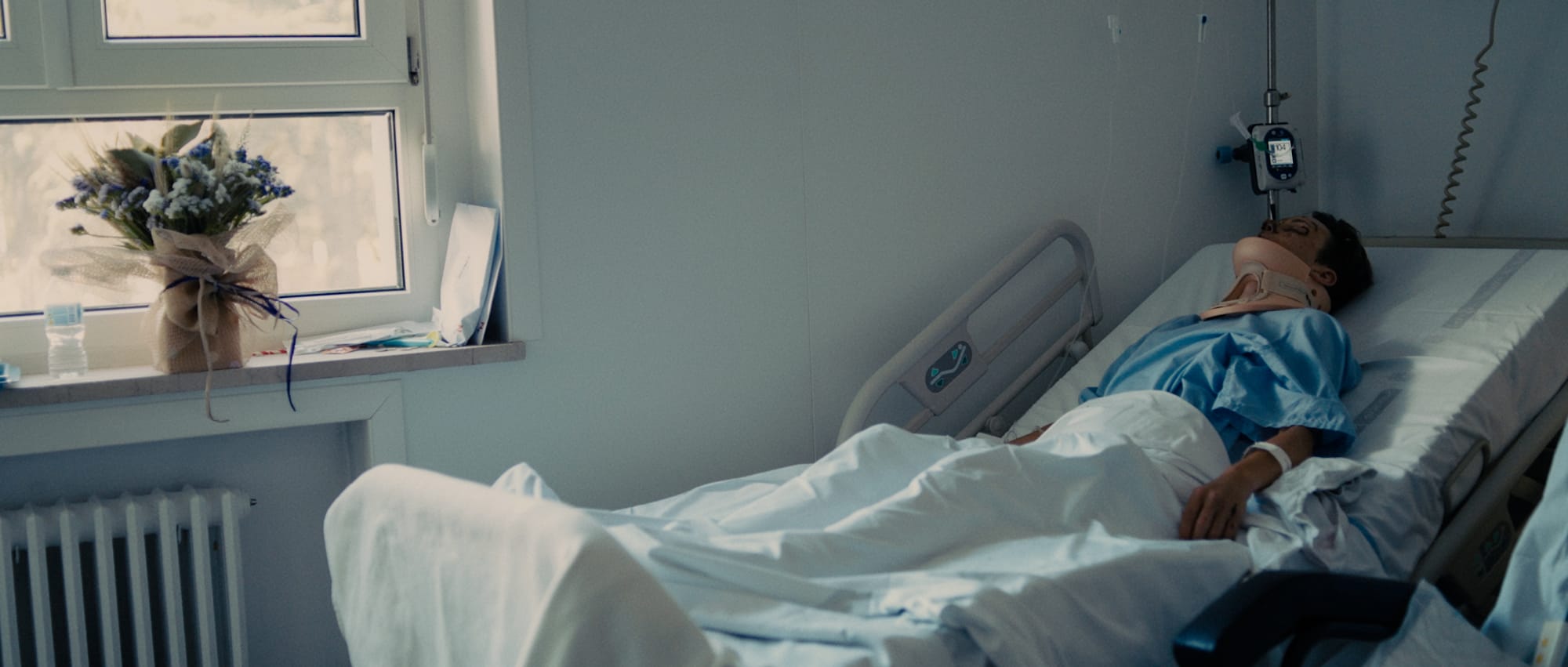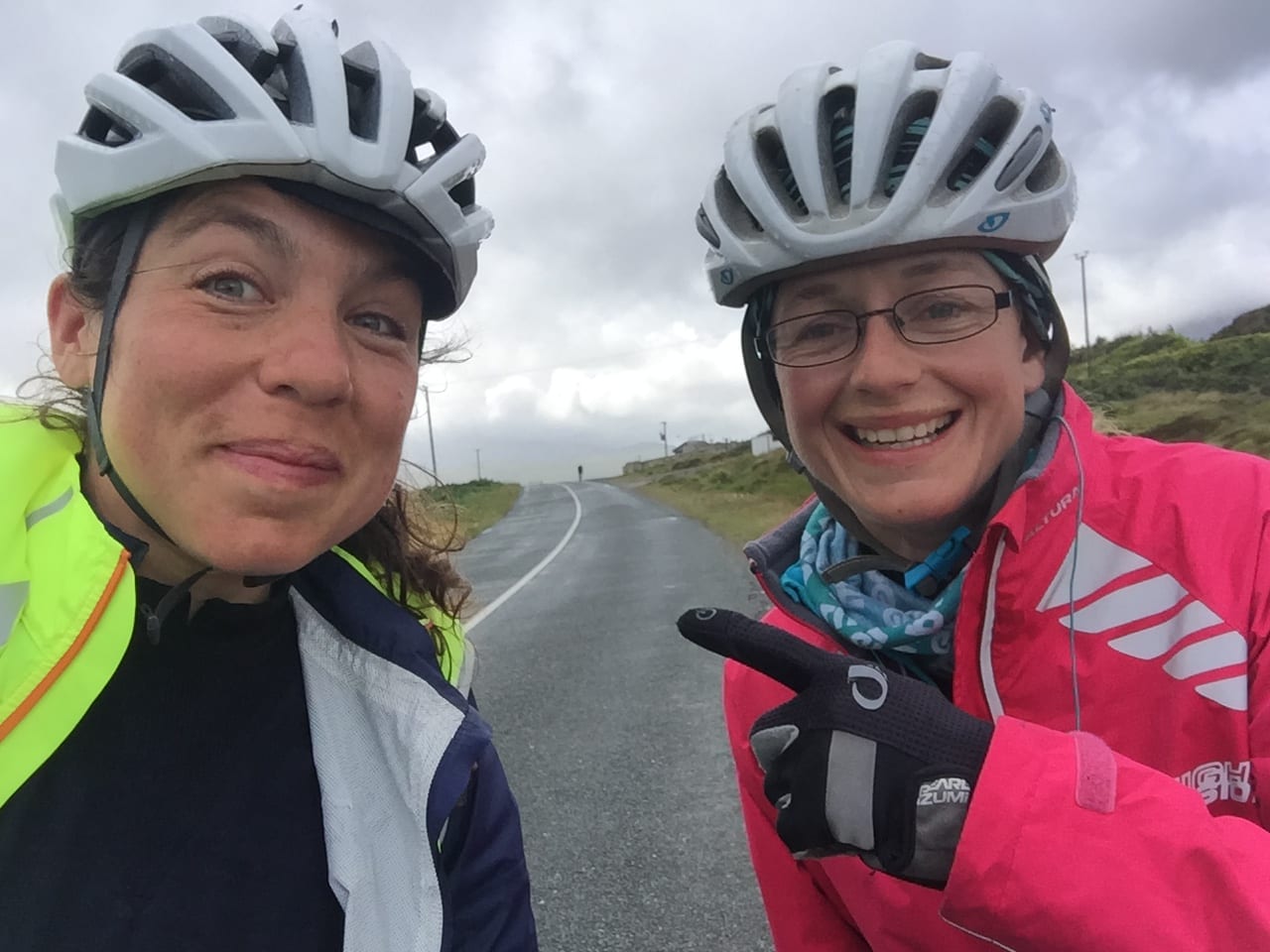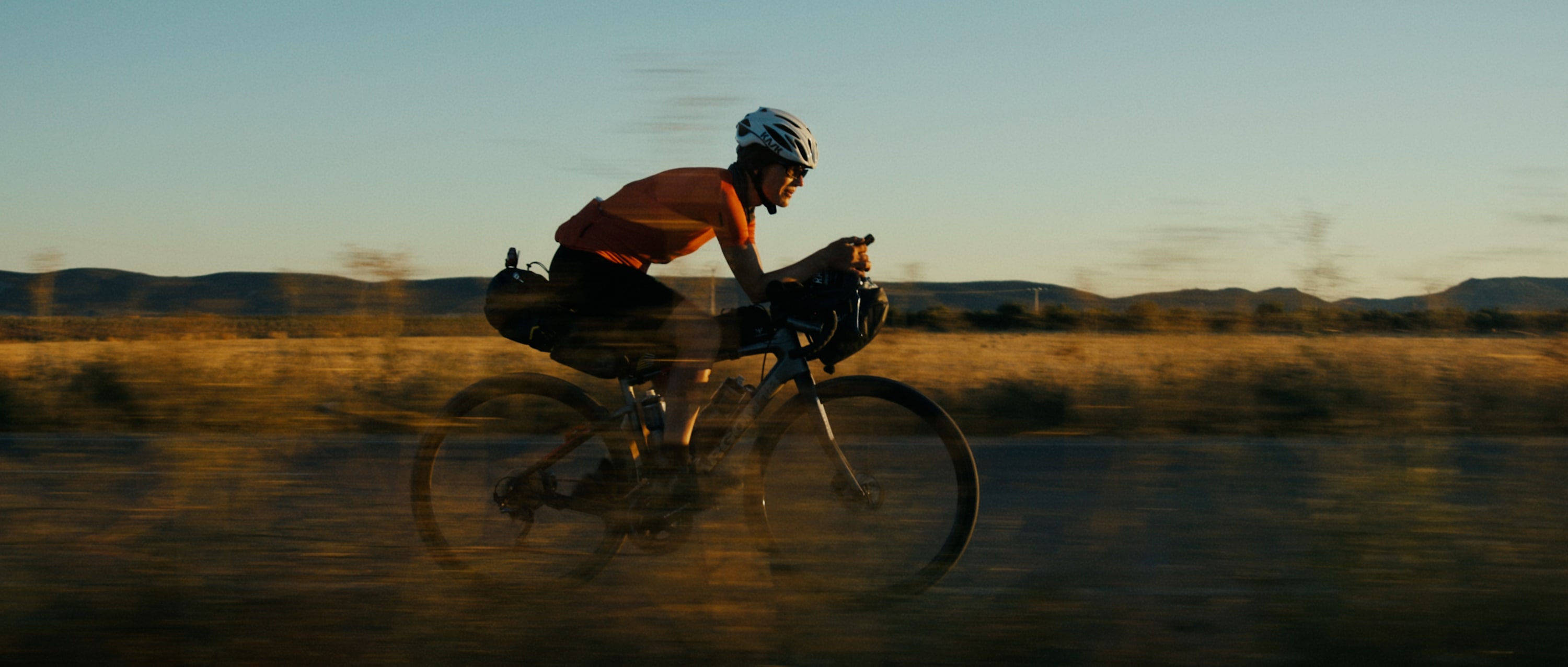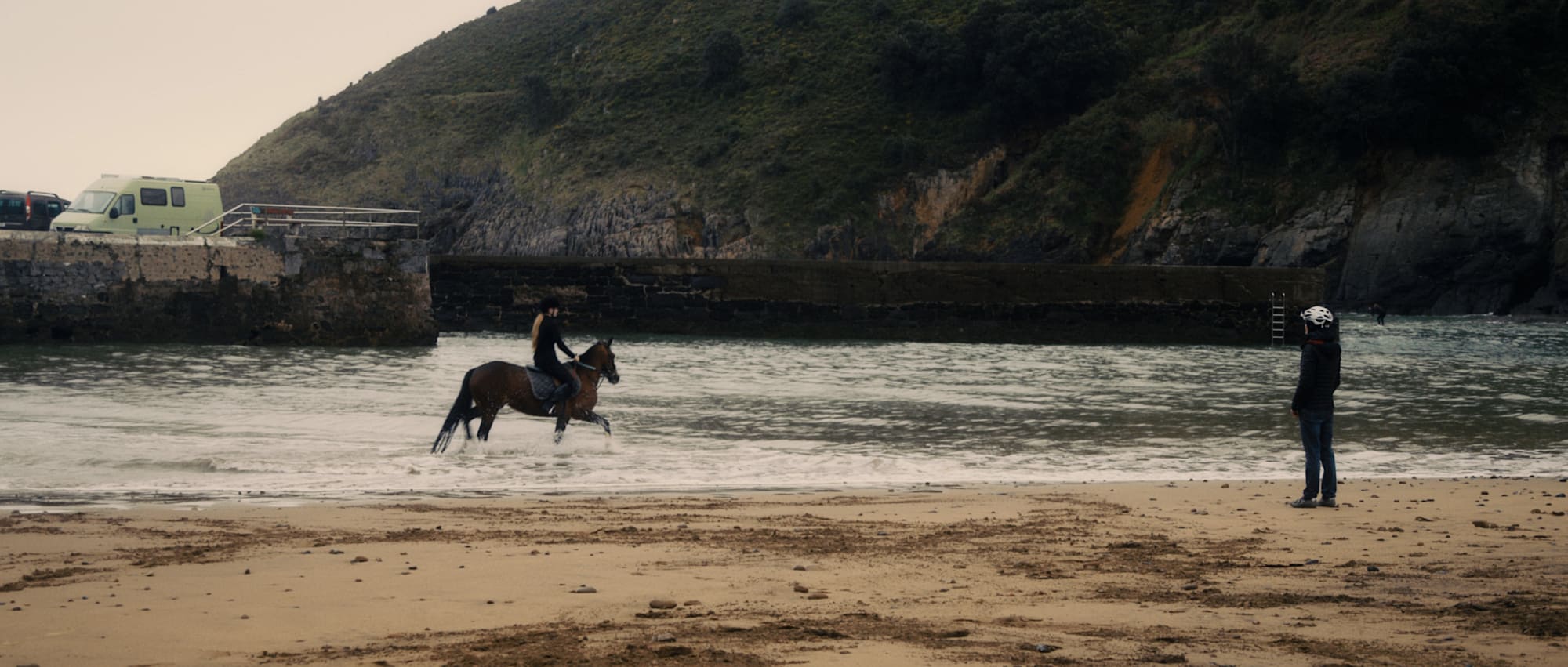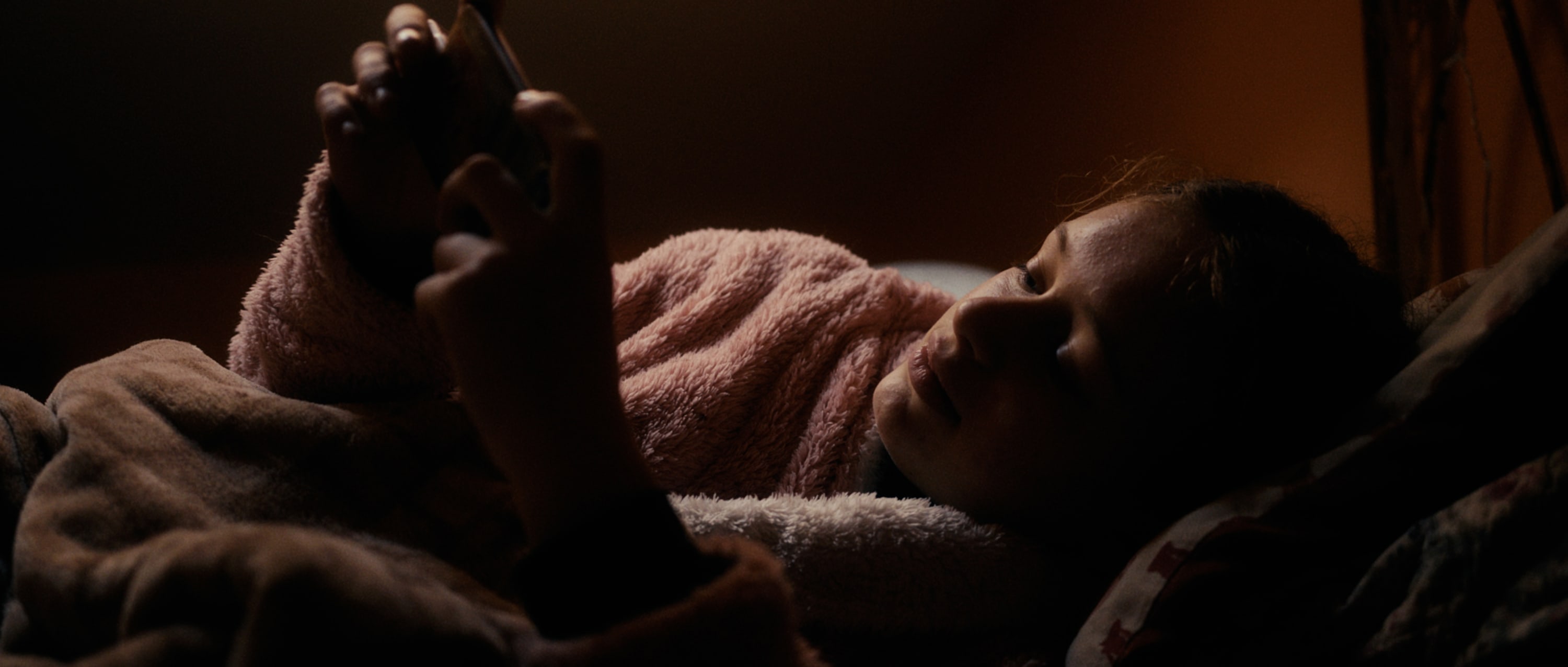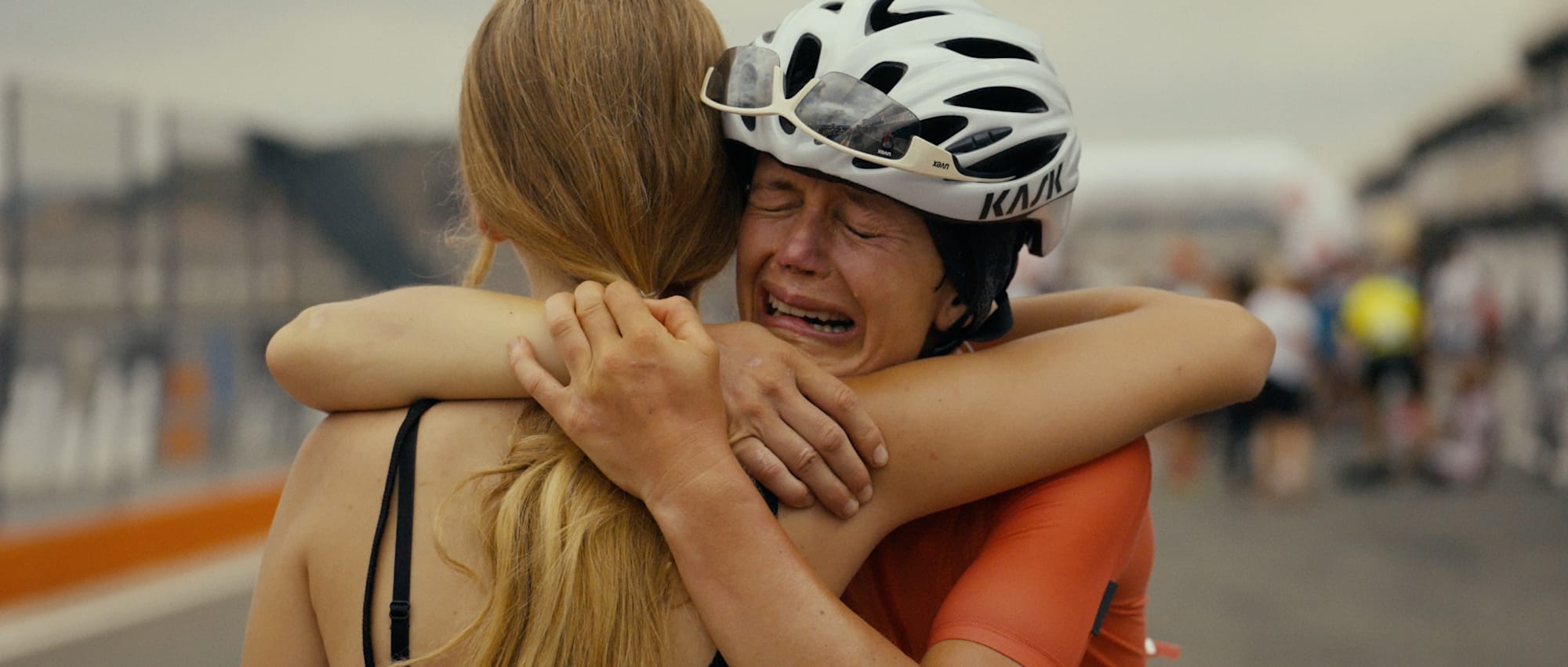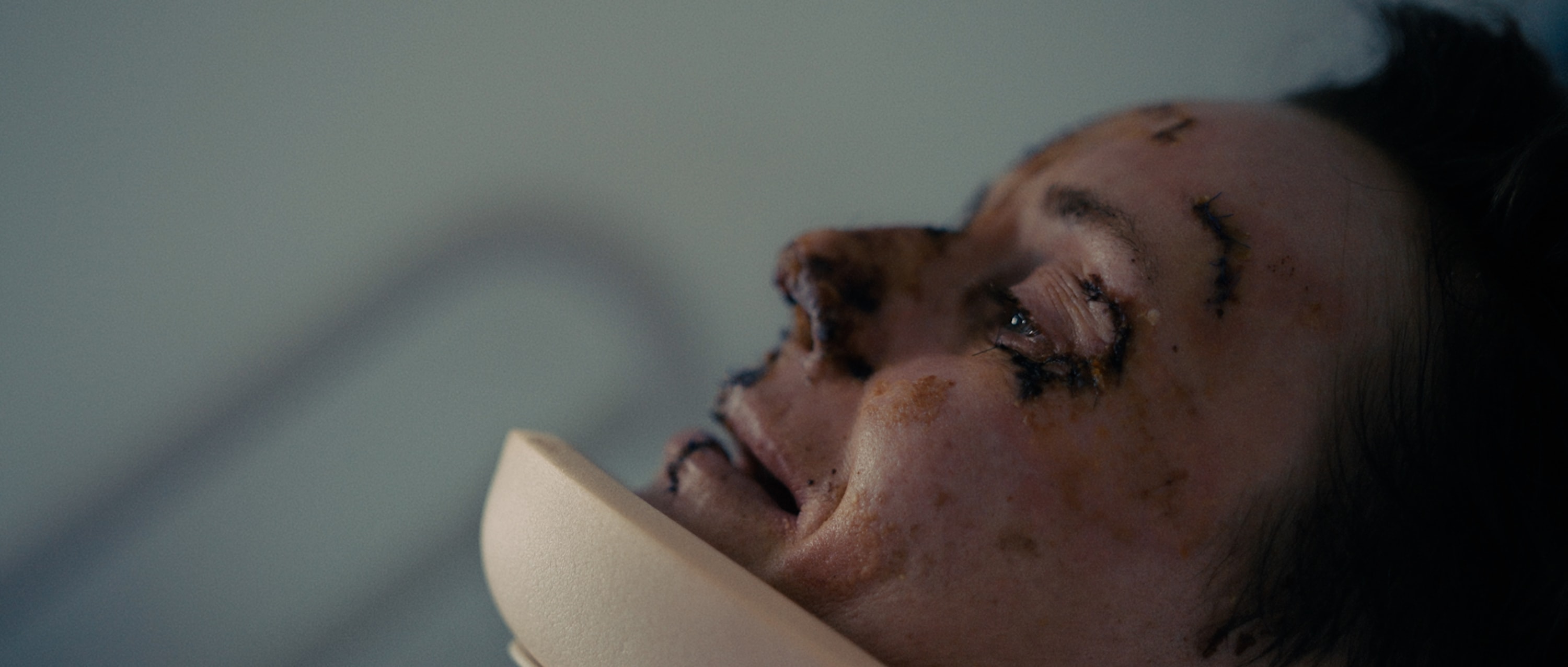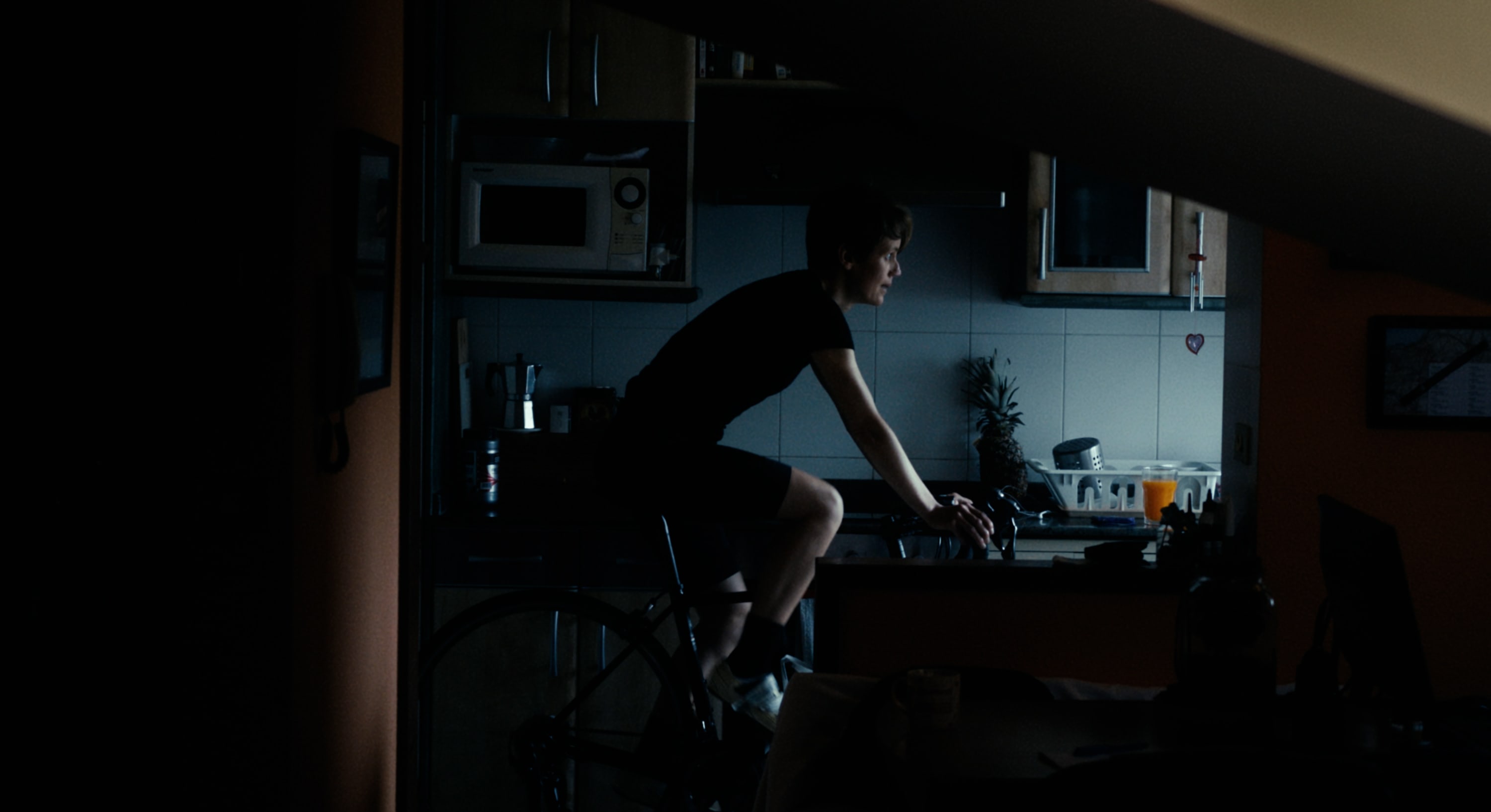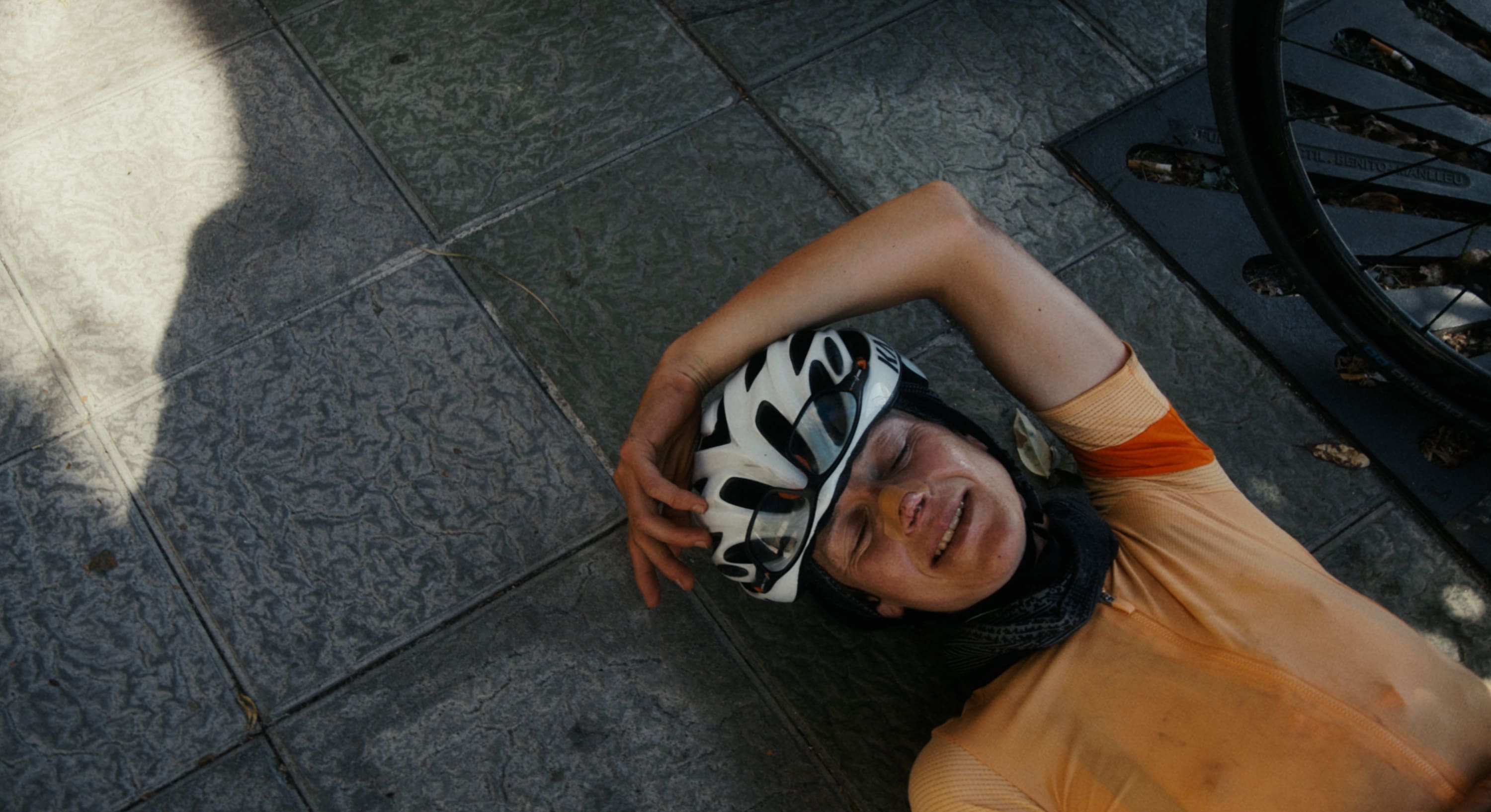I first met Ana in January 2017, when she arrived at a Girona training on a scholarship. According to her application she was a single mother, who had got into cycling less than a year previously, when she and her nine-year-old daughter Ruby bought second-hand bikes in Lisbon, to get them along the pilgrim trail to Santiago. Photos she sent me showed a scruffy pair in jeans and hiking boots, accompanied by a pair of unwieldy shopper bikes.
She told me she and her boyfriend had entered the TransAtlanticWay Race the following summer. I thought this was wildly overambitious, but was charmed by her enthusiasm, and stories of squeezing her newfound obsession in around the edges of her job as an exercise rider for race horses, and what she called “the late mother time trial”, sprinting to finish her rides in time to collect Ruby from school.
We went out for a ride together on her first day, and half an hour in, as we tackled the first long climb, I gradually realised that our pace had not dropped, and neither had her incessant chatter. And, in fact, that I was glad of that, because it was all I could do to keep climbing, conceal my heavy breathing, and emit the odd grunt in response to her endless tales of bikes, horses, boyfriends, her daughter, her extended family, and anything else that happened to cross her mind. We stopped for coffee in Besalú, and I picked up the bill, conscious that she had scraped together the funds to get herself here. She said she’d pay me back when we met on the road in Ireland, but in the end it was the following autumn when we caught up, after Ana spotted on Twitter that I’d be passing through Cheltenham, her closest city, and insisted that now was the time for her to buy me that coffee she owed me.
